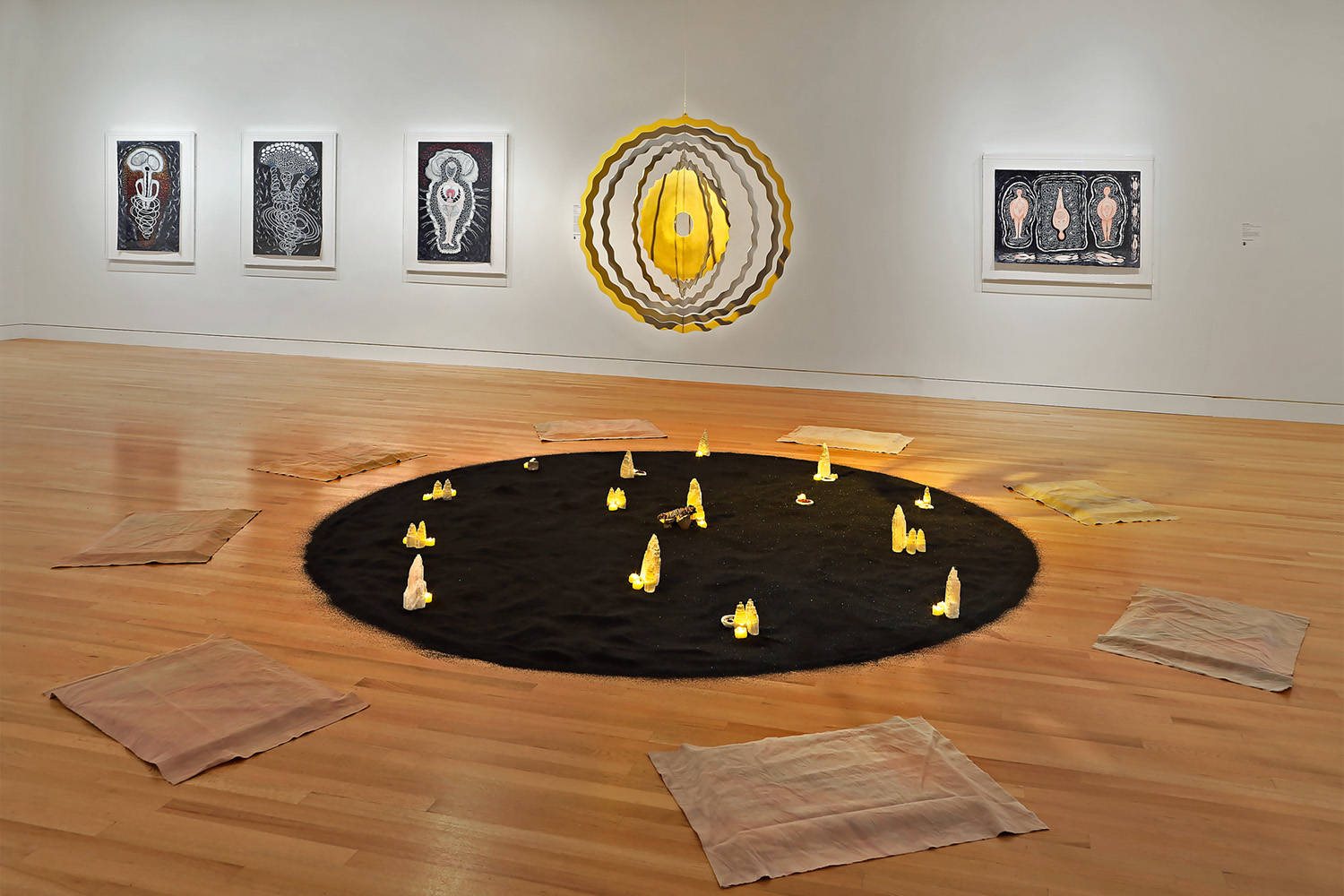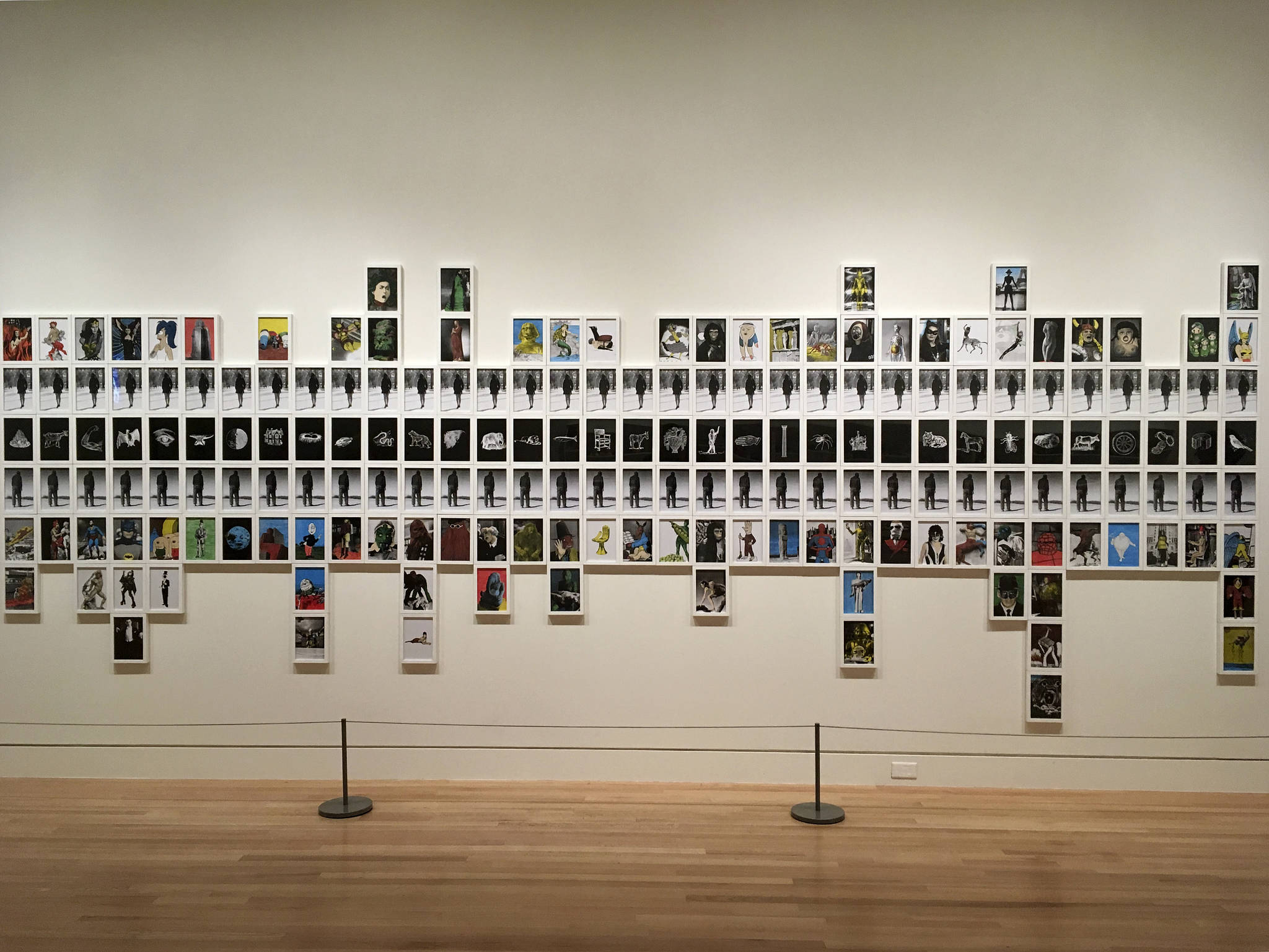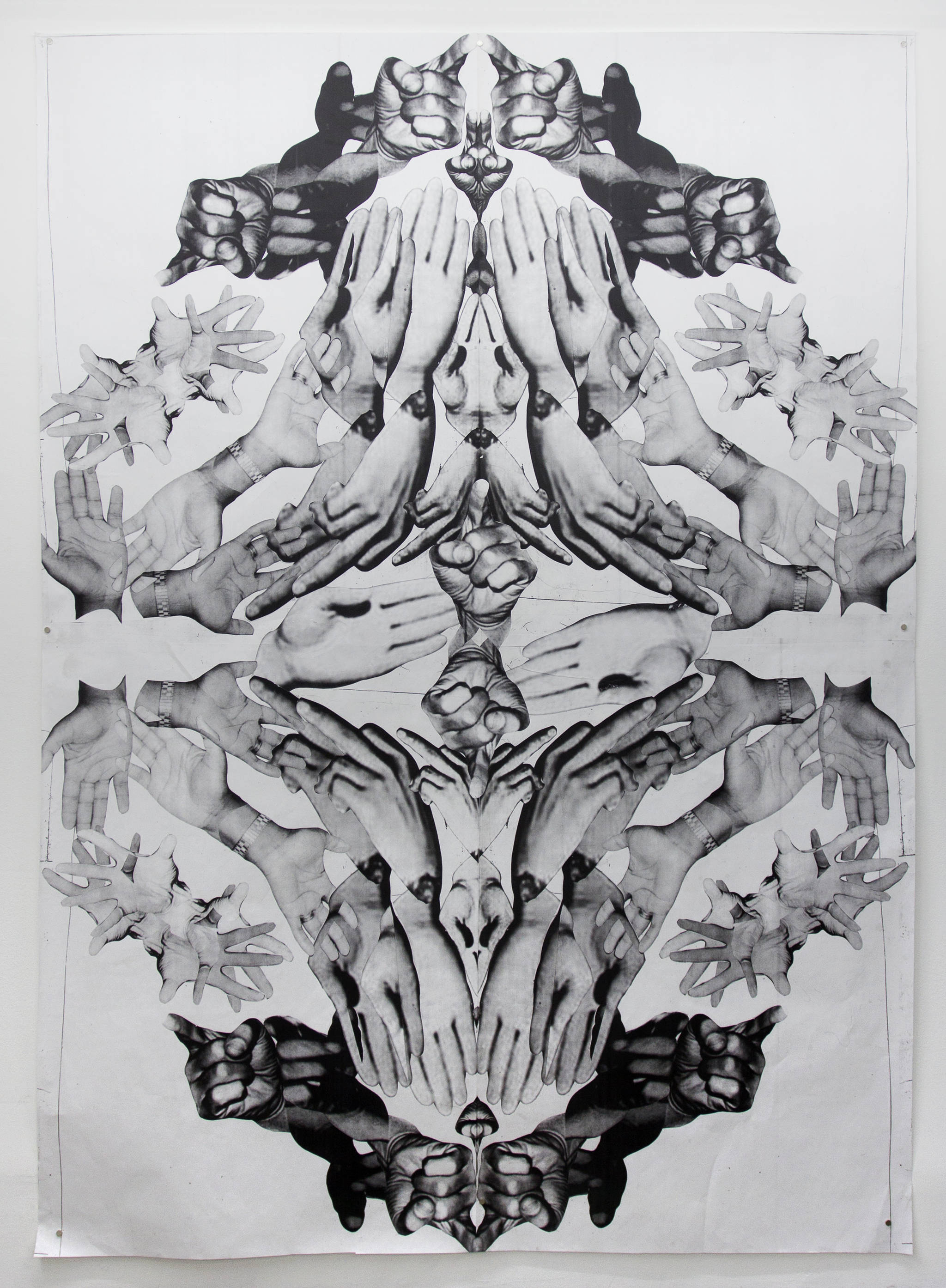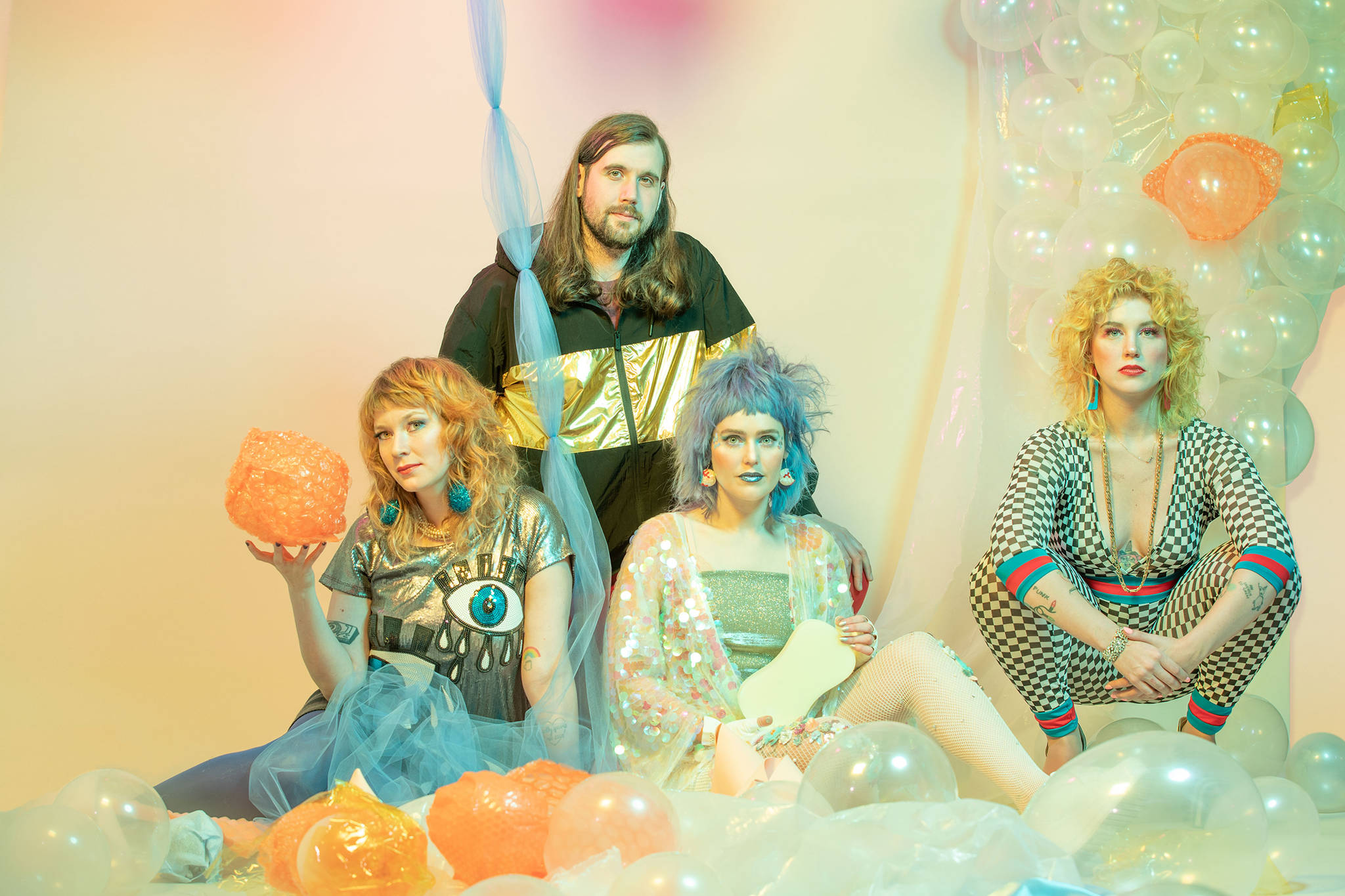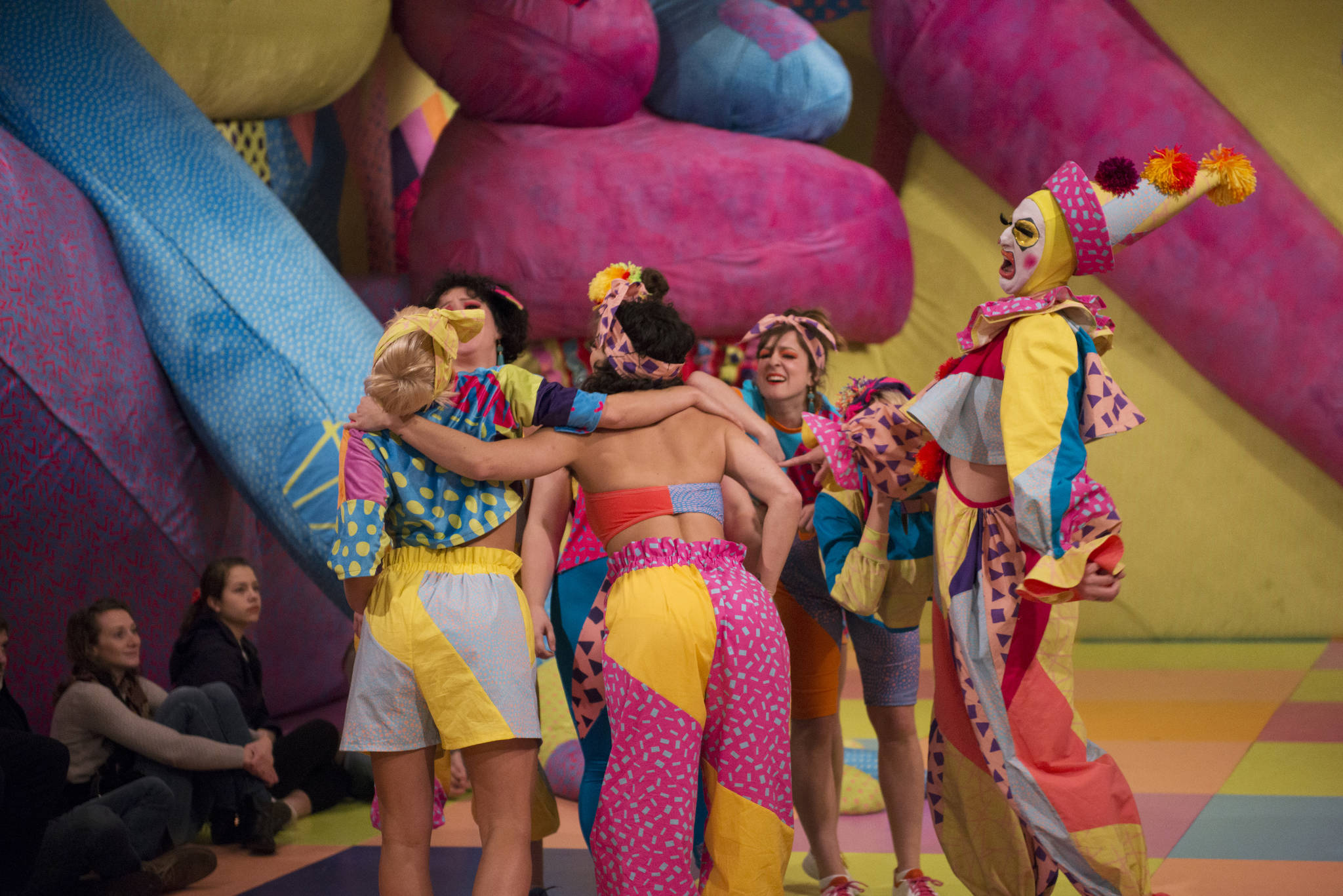We all cope with stress in different ways. Some of us retreat to the comfort of a pint of ice cream, a fuzzy blanket, and some mindless Netflix binging. Some channel that stress into activist action, others grit their teeth, go about their day, and just try to ignore it. The specifics of dealing with our worldly anxieties and the tolls they take on our bodies is unique for everyone, and that sense of variation comes to the forefront in Frye Art Museum’s new exhibit, Group Therapy.
The show features 12 artists either musing on practices of natural wellness and psychological self-care or actively engaging in the process in the hope of finding some relief (or at least sense that we’re all in this together as a communal human spirit). The exhibit springs out the Frye’s own self-reflection about the social role of art institutions in a world of increasing anxiety and despair brought on by tribalism becoming evermore the driving social dynamic. Through its works, Group Therapy attempts to trace mental tension from neurosis to healthy release.
The varied depictions of mental neurosis is Group Therapy’s strength. Perhaps the clearest distillation comes courtesy of artist and acupuncturist Ana Leda Shaprio’s paintings that look like twitchy colorful balls of frayed nervous systems that represent the fragmented spiritual and metaphysical states of some of her clients. Kandis Williams manages to tackle a couple of weighty topics. Her show-opening collages from the Disfiguring Traditions series take photographed hands from civil rights activists and lay them out Rorschach inkblot style with stunning results that raise questions about body disconnectedness and dehumanization. They raise the question of whether people actually care about black bodies or merely are interested in a Rorschach test-like thought experiment. In a similar vein, Williams’s later vinyl mirror collage Portrait of Britney, Bertha Pappenheim confronts the problematic labeling of women as hysterical, by superimposing Pappenheim (the basis for psychoanalysis’ foundational tome, 1895’s Studies on Hysteria) over an image of Britney Spears during her public breakdown in 2007. Time might march on, but the way we treat the mental health of public women still remains one mostly centered on mocking and shame.
Perhaps the most captivating piece in the entire show, Pedro Reyes’ Los Mutantes takes an inward look at how our culture has projected its collective fears and desires through anthropomorphizing objects and animals. The wall-spanning display of 189 images takes simple items like tires, cats, birds, and fire and filters them into male and female pop culture representations (for example, the cat has become both DC Comics’ Catwoman and “The Catman” makeup for KISS’s Peter Criss). The pop art layout is clean, precise, and captivating in its brilliant observational simplicity. We need to breakdown how our minds work in order to help them find relief.
As with virtually any group show, not everything in Group Therapy hits its mark with a moving impact. Shana Moulton’s room of videos and sculptures depicting a hypochondriac character named Cynthia who’s on a never-ending, unfulfilled quest for relief via the latest health fad leans on a Pee-wee’s Playhouse level of kitschiness, but doesn’t really rise above a shallow cheesiness. Similarly, Wynee Greenwood’s spacial video instillation How we, I mean how I pray attempts to conjure a women’s spa with projections of feminine archetypes instead of soaking pools underfoot, but it ultimately feels like an undercooked realization of the idea.
In the spirit of actively seeking wellness, Group Therapy boasts experiential aspects that go beyond looking at something hanging on a wall, daily screenings of Leigh Ledare’s film The Task (an art documentary that’s essentially two hours of 40 strangers talking in a room), and traditional artist talks (though there are those too). On select weekends, Cindy Mochizuki stops by the Frye to add to her Group Therapy contribution, Fortune House. Patrons can sign up for palm and tarot readings from Mochizuki in exchange for a monster story. She then turns those monsters into beautiful inkblot drawings that adorn her wall space in the gallery. In addition to Los Mutantes, Reyes also displays The Museum of Hypothetical Lifetimes, a scale model of a museum space he divides into 22 sections of our mental world (“Mother, “Work/Love Dilemma,” “Aging,” etc.). Visitors can schedule facilitated sessions where they fill the model with an array of hundreds of knickknack objects in a nearby display case to create a tangible representation of their mental state. It’s sort of like a reflective vision board on steroids.
A sense of calm can be found near the exhibits end via Lauryn Youden’s A place to retreat when I am sick (of you) and Marcos Lutyens’s Library of Babel, a Symbiont Induction. Youden’s work presents a meditative zen circle adorned with black sand, crystal, herbs, and a captivating golden wind-spinner sculpture hanging over its center. In a modern twist, the encircling cushions patrons can sit on also have headphones that transmit binaural sounds that calm overactive minds. Occupying the final earthy space (literally, the ground of said gallery room is soil), Library of Babel operates in a similar manner. Visitor can sit on bag chairs, gaze at a mycelial fungal colony that’s growing up a staircase that’s enclosed in a glass box in the room, and put on headphones where Lutyens hones your focus on the symbiotic fungus through low-level spoken hypnosis. It’s a bit bizarre, but it’s hard to imagine anyone feeling more tense after experiencing it.
Group Therapy isn’t a cure for what mentally ails you, but it’s a step in the right direction toward feeling better.
Group Therapy
Thru January 6 | Frye Art Museum | Free
ssommerfeld@seattleweekly.com
